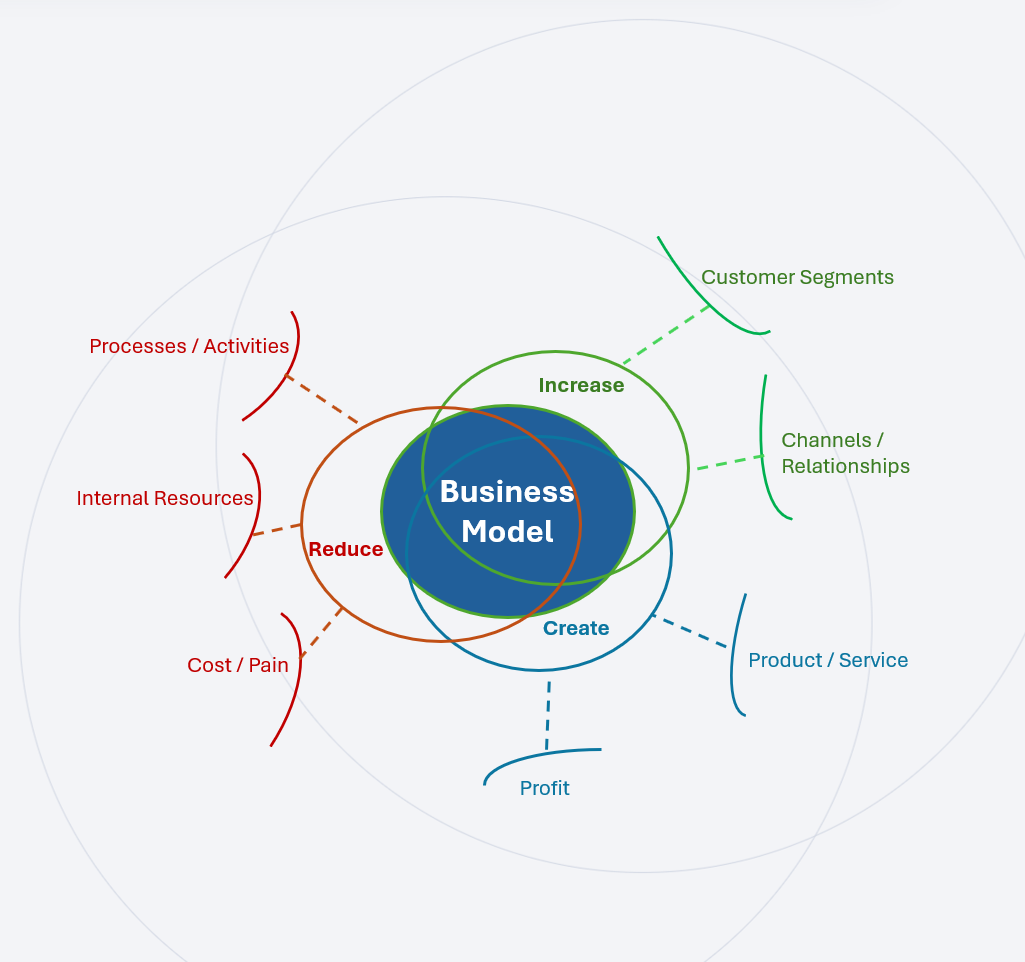Make smarter capital decisions in minutes
Create lean plans and execute with clarity to avoid expensive surprises.
Built for business owners.

Trusted by businesses optimizing with fewer missteps.

Create lean plans and execute with clarity to avoid expensive surprises.
Built for business owners.

Trusted by businesses optimizing with fewer missteps.

Trace inefficiencies, improve liquidity, and boost asset utilization for stronger cash flow.
Apply modern marketing principle to attract, engage, and retain the right customers.
Streamline non-value-adding steps and redesign workflows for operational excellence.
Eliminate redundancy and uncover unmet needs to find your product-market sweet spot.

Evolve with a viable business playbook
Model your growth trajectory and make confident decisions.
Allocate resources with precision
Apply the 80/20 rule to focus on high-impact areas and drive results with less effort.
Crunch numbers effortlessly
Visualize cumulative data - costs, hours, pricing, volume against time to assess project health.
Manage profit & growth outlook
Forecast income and expenses effortlessly to stay ahead of your financial curve.

1. Sign up: Start with a free or paid plan.
2. Create your playbook: Use intuitive tools and tailor to your business needs.
3. Get insights & optimize: Analyze your operations with guided, actionable processes.
